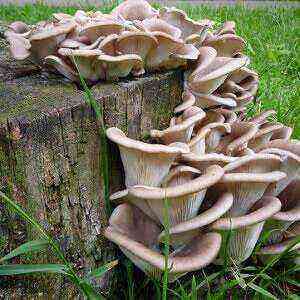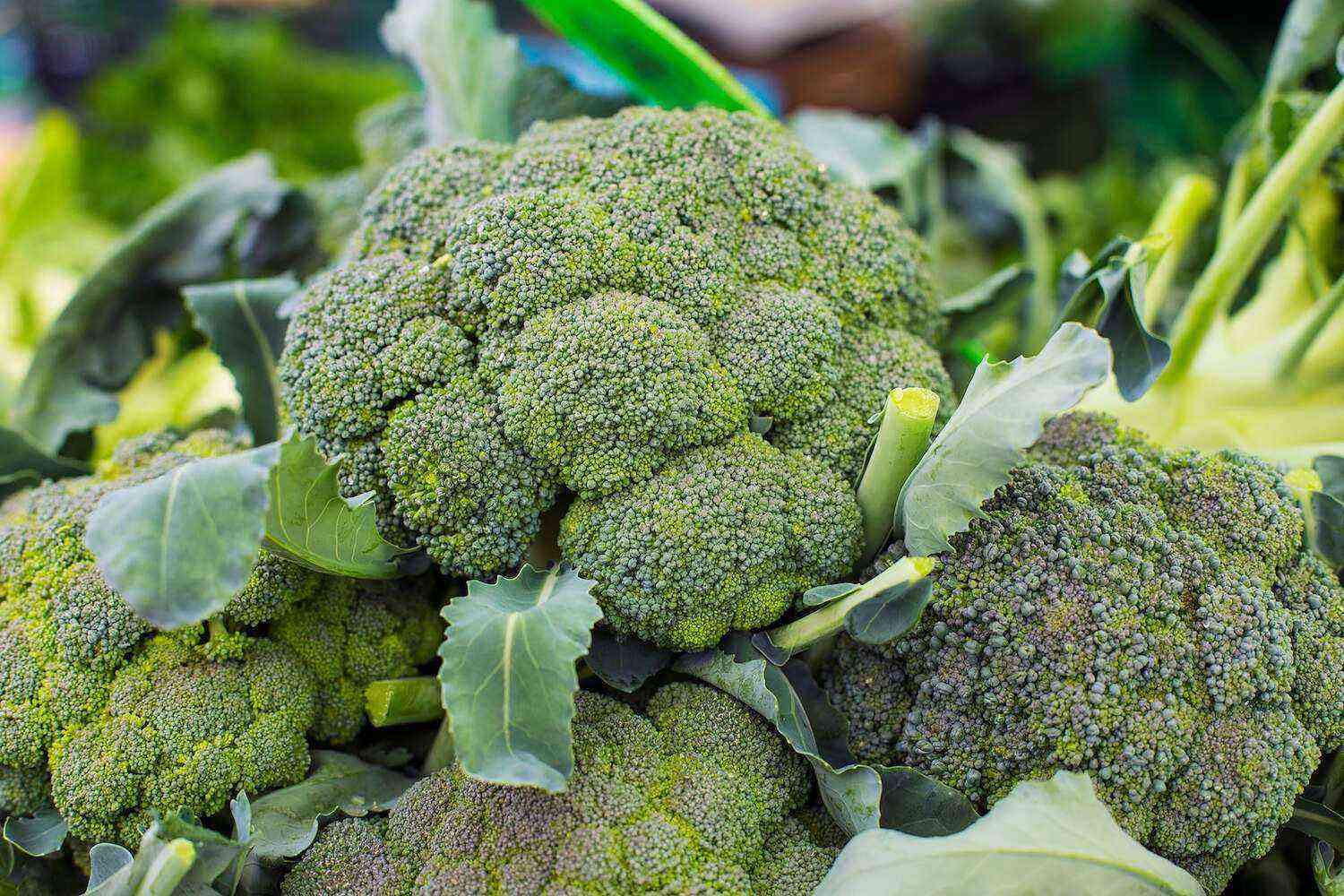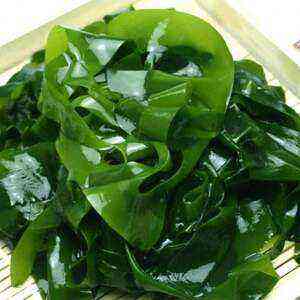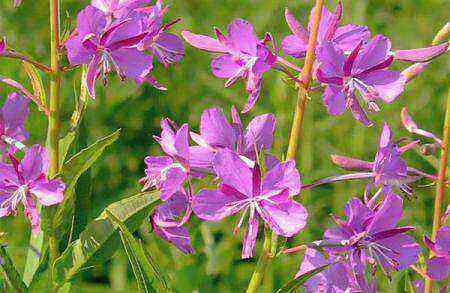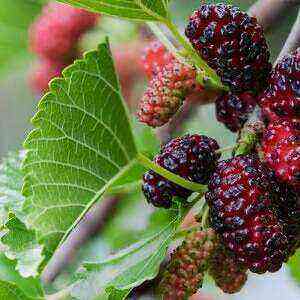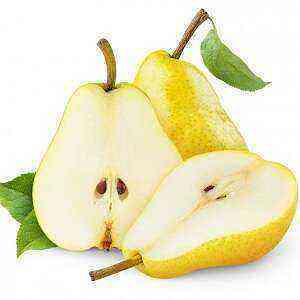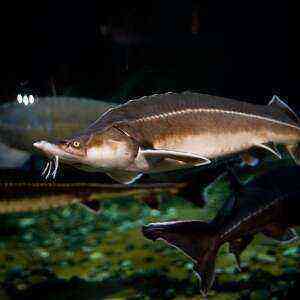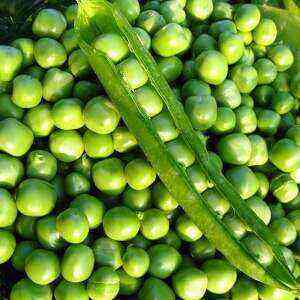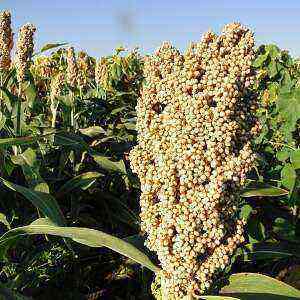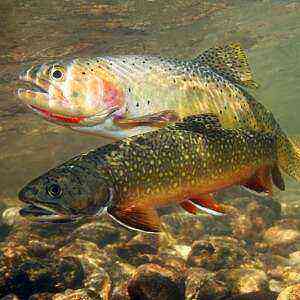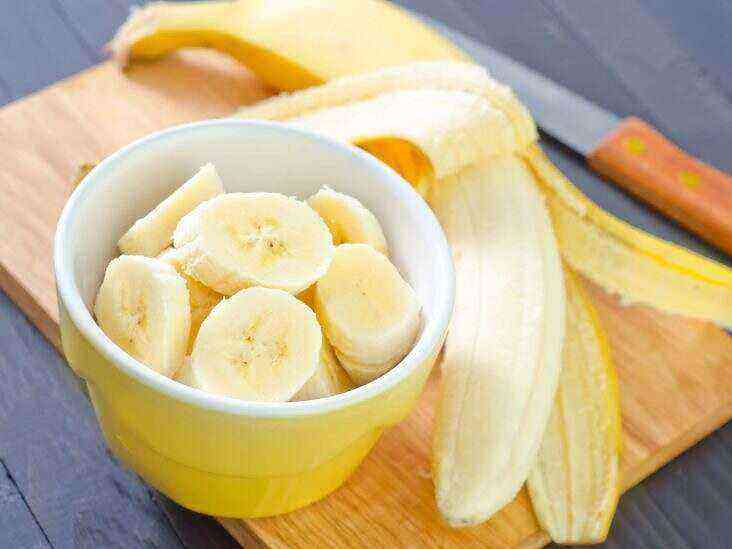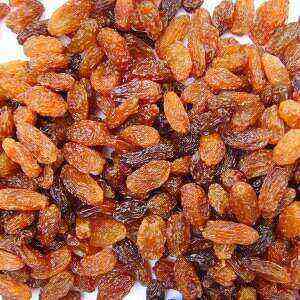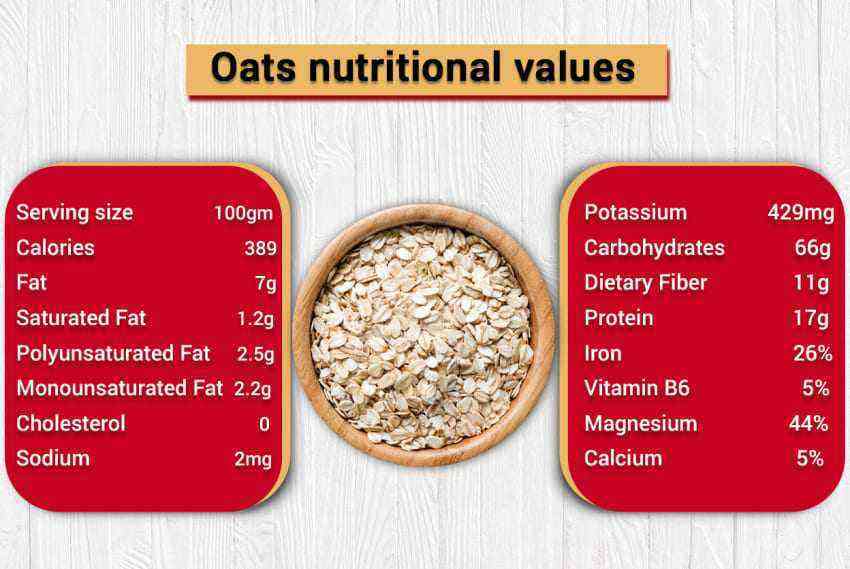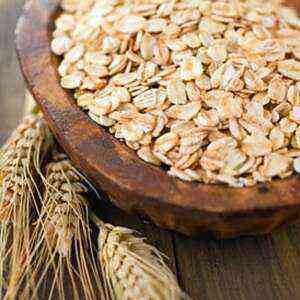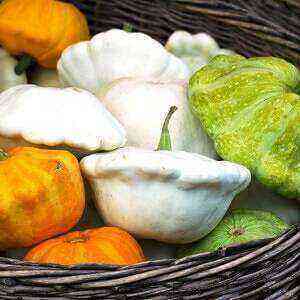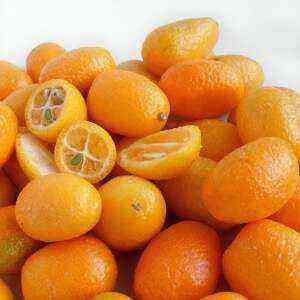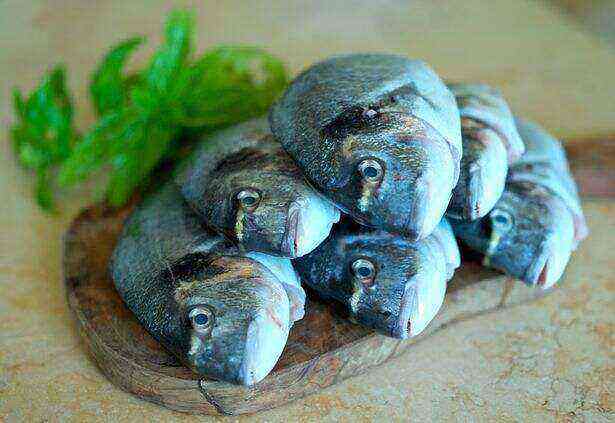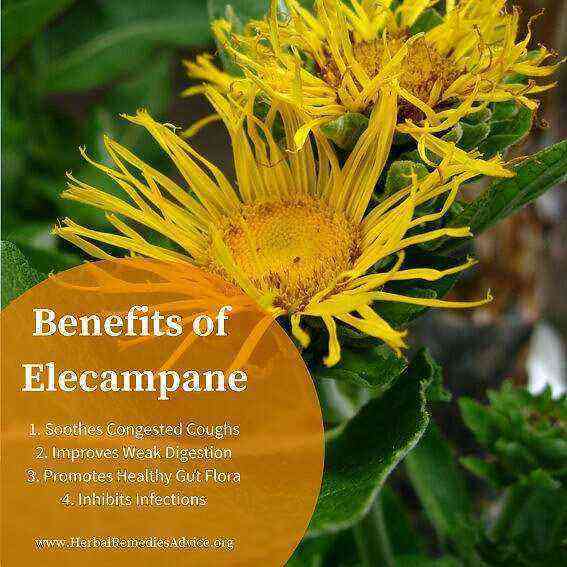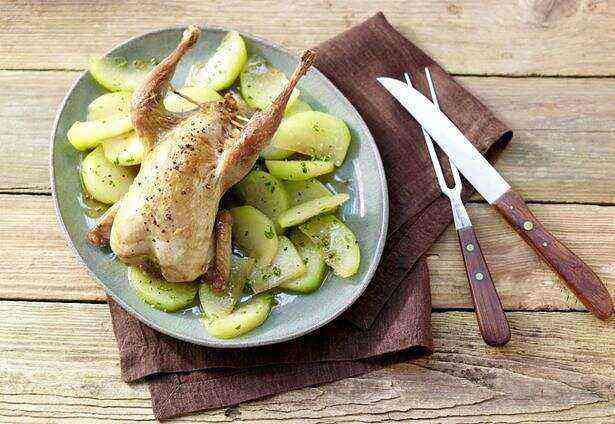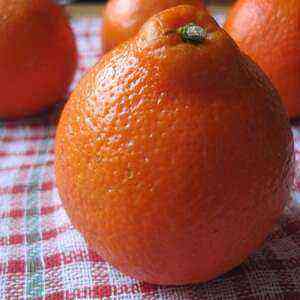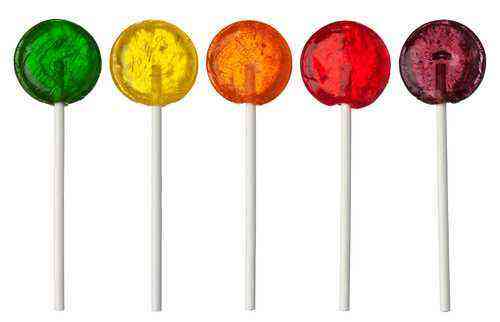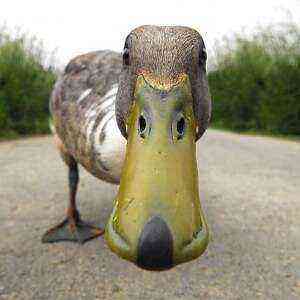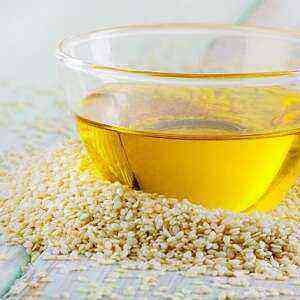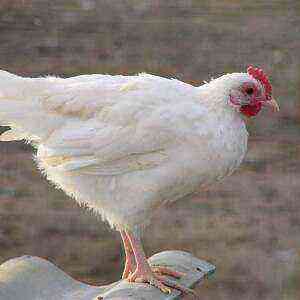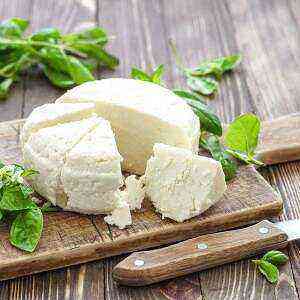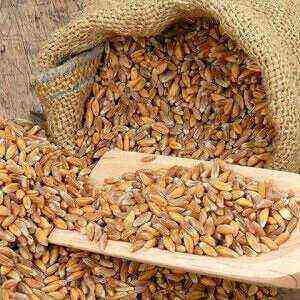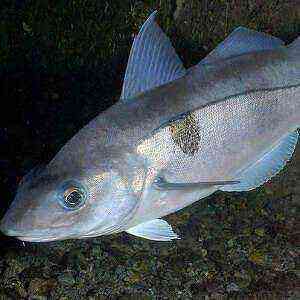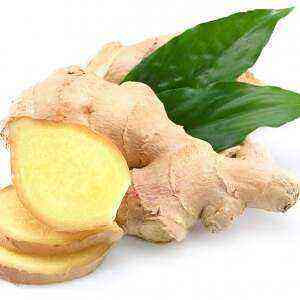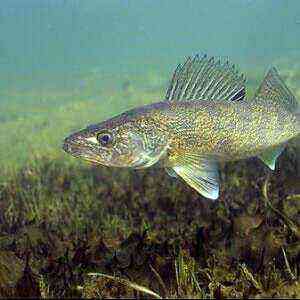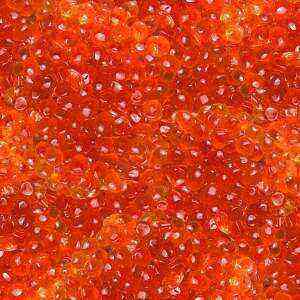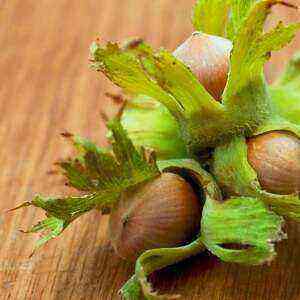
Interestingly, in terms of thiamine content, cucumbers are ahead of beets (0,03 mg versus 0,02 mg), riboflavin – radish (0,04 mg versus 0,03 mg).
Vegetable quenches hunger, reduces the severity of edema, supports normal thyroid function, improves vitality, improves the appearance of the skin, improves the elasticity of blood vessels. In addition, polyphenolic structures have been found in the pulp of cucumbers that minimize the likelihood of developing cancer of the uterus, prostate, breast and ovaries.
Botanical description
Cucumber – the oldest plant known to mankind since ancient times. The homeland of the vegetable is West India, from where it has spread throughout the world. This is one of the few cultures consumed by a man in an unripe form. In view of this peculiarity, the plant is called “aguros”, which in Greek means “immature”.
Cucumbers are characterized by a taproot with a large number of lateral processes. The stalk of young seedlings is smooth, erect, and in flowering and fruiting ones, it is rough, creeping, ending in branched whiskers (for lifting along vertical supports). Moreover, the central shoot of the plant forms many lateral lashes, from which vines of the second, third and fourth orders depart. At the same time, the number of secondary offspring depends on the variety of cucumbers and the growing conditions of the culture. The length of the main stem varies from 1 to 3 m, and the lateral branches from 0,3 to 0,8 m. The leaves of the vegetable are petiolate, heart-shaped, alternately located on creeping lashes. As the stem grows, yellow funnel-shaped flowers with jagged edges form in the axils of the embryonic plates. The stamens of cucumbers are interconnected in pairs, and the ovary is protruding, pubescent along its entire length. The buds contain special glands that release fragrant nectar into the air.
Interestingly, bee-pollinated cucumbers are monoecious dioecious plants that form both female and male flowers. Moreover, their staminate corollas contain sticky pollen, and pistillate ones contain ovaries with three- or four-lobed stigmas. Moreover, the number of male buds significantly exceeds the number of female ones. Cross-pollination is required for such plants to bear fruit.
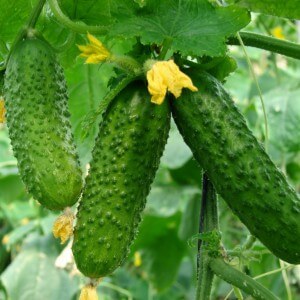
The outer surface of the vegetable can be both smooth and spinous or large. At the same time, the size, shape, color of “pubescence” and the structure of the peel directly depend on the plant variety.
Chemical composition
Cucumber is a valuable low-calorie product (14 kcal per 100 g). Vitamin component of the vegetable is not very expressive. Most of the ingredient composition comes from water (95%), which contains a natural adsorbent that absorbs and removes poisons from the body. This is a natural cleansing agent, which resembles activated carbon in its spectrum of action.
Table No. 1 “Cucumber Nutritional Value”
Name
Concentration in 100 grams of raw materials, grams
Water 95 Carbohydrates 2,5 Mono- and disaccharides 2,5 Dietary fiber 1,0 Protein 0,8 Ash 0,5 Pectin 0,4 Organic acids (tartaric, lactic) 0,1 Starch 0,1 Fats 0,1
Table № 2 “The chemical composition of cucumber”
Name
Concentration in 100 grams of vegetable, milligrams
Vitamins
Ascorbic acid (C) 10 Pantothenic acid (B5) 0,27 Niacin (B3) 0,2 Alpha-tocopherol (E) 0,1 Pyridoxine (B6) 0,04 Riboflavin (B2) 0,04 Thiamine (B1) 0,03, 0,005 Beta-carotene (A) 9 Folic acid (B0,004) 0,0009 Biotin (H) XNUMX
Macronutrients
Калий
141
Фосфор
42
Хлор
25
Кальций
23
Магний
14
Натрий
8
Trace Elements
Цинк
0,22
Марганец
0,18
Железо
0,6
Медь
0,1
Фтор
0,017
Хром
0,006
Йод
0,003
Кобальт
0,001
Молибден
0,001
Table №3 “Amino acid composition of cucumber”
Name
Concentration in 100 grams of product, grams
Глутаминовая кислота
0,14
Аргинин
0,05
Аспарагиновая кислота
0,05
Лейцин
0,03
Серин
0,03
Глицин
0,03
Валин
0,03
Лизин
0,03
Фенилаланин
0,02
Пролин
0,02
Изолейцин
0,02
Треонин
0,02
Тирозин
0,02
Гистидин
0,01
Метионин
0,01
Триптофан
0,01
In addition to water, vitamins, minerals, carbohydrates, proteins and fiber, the composition of cucumbers includes polyphenols (secoisolariciresinol, lariciresinol, pinoresinol), which have an oncoprotective effect on the body.
Interestingly, on the island of Fiji, vegetables are considered the most valuable product, indicating the human well-being. For example, the bride’s parents do not consent to the marriage of their daughter until the groom presents them with cucumber stocks.
Benefits and contraindications
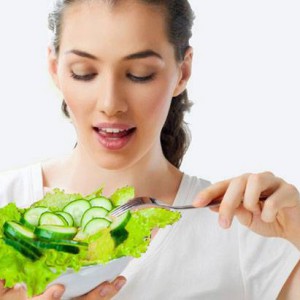
Useful properties of fruits:
- Accelerates the removal of excess fluid from the tissues, reduces the risk of lymphostasis, and improves the functioning of the urinary system.
- Stimulates the secretion of bile, prevents stone formation.
- Strengthens the heart muscle, increases the elasticity of the vascular wall, reduces the risk of thrombosis.
- It strengthens the immune system, protects the cell membranes from damage (free radicals), increases the body’s antitumor resistance.
- Improves the condition of epithelial tissue, reduces the intensity of the formation of comedones and juvenile acne.
- Strengthens intestinal peristalsis, reduces the risk of diverticula, normalizes stools.
- Raises the energy potential of the body, improves the passage of nerve impulses through the neurons and mental performance.
- Reduces bleeding gums, neutralizes bad breath.
- Stimulates the natural synthesis of thyroid and sex hormones.
Remember, therapeutic and therapeutic effects have only fresh cucumbers, not subjected to heat treatment and preservation. However, with all the obvious benefits of a vegetable has a number of contraindications.
Fresh cucumbers should be excluded from the diet of people suffering from:
- ulcers, gastritis, enterocolitis (especially in the period of exacerbation);
- increased acidity of gastric secretion;
- jade;
- hypertension;
- dysfunction of water-salt metabolism;
- cholelithiasis;
- atherosclerosis;
- allergies to the product.
Remember, before eating, cucumbers are soaked in cold water for 30-40 minutes for removal of nitrates. Intensively washed under running water.
Cultivation of culture
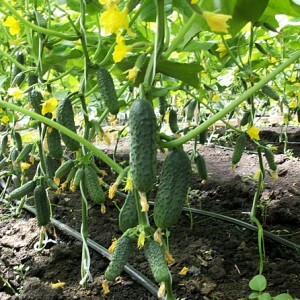
Growing cucumbers seedling method:
- Seed preparation (warming and soaking). Pre-treatment of seeds is performed in order to accelerate the emergence of seedlings and increase the number of female buds.
The first stage of preplant preparation begins with warming up. To do this, weighted full bones stand for 4 hours in the oven at a temperature of 45 degrees (with constant stirring). Cucumber seeds can be heated by a simpler method by hanging them in gauze bags near heating devices (1,5 a month before sowing). After that, the raw materials are placed for an hour in a solution of potassium permanganate or garlic mash (diluted with 1: 3). Then, the disinfected seeds are put in cotton bags and dipped in a nutrient mixture (from nitrophoska, wood ash and water). After 12 hours, the stones are washed with clean water and placed on a slightly damp cloth for swelling (on 1-2 days). It is important to ensure that they do not grow, but only slightly “hatch”. After this planting material is placed in the fridge for a day.
Remember, hybrid varieties of cucumbers do not need presowing treatment.
- Substrate preparation. The soil for seedlings is made up of humus, turf and mullein, observing a ratio of 7: 2: 1. After that, lime (30 g), ammonium nitrate (25 g), superphosphate (20 g) and potassium salt (6 g) are added to the finished mixture. The resulting soil is filled with individual peat containers, in which drainage holes are made. The optimal height of the pots is 0,1 m, the diameter is 0,07 m.
- Planting seeds in the tank. For early harvest, the ossified stones are buried in the ground in the middle of April (piece by piece per pot). After that, the soil is abundantly moistened and covered with plastic wrap. In order to avoid seed rotting, the “greenhouse” is ventilated twice a day. Watering is rare, but abundant (preferably in the morning).
To moisten the soil, it is permissible to spray crops with a spray bottle. If it is necessary to slow down the growth of a sapling, reduce the intensity of watering.
Germination of planting material is 6 days. After the appearance of a pair of true leaves, the seedlings are hardened, fed with potash fertilizers and reduce the frequency of irrigation (to stimulate the development of the root system).
- Planting seedlings in the ground. Young plants are placed in small holes (0,05 m deep) in the phase of 4 true leaves, that is, 25 days after sowing. The optimal distance between the planting pits is 0,5 m.
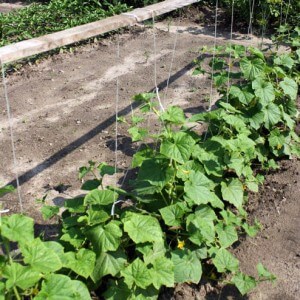
To obtain a crop in mid-summer, cucumbers (seeds) are planted in the ground in early June. The seeding depth varies from 0,02 m to 0,04 m.
Caring for cucumbers comes down to regular watering, feeding and hilling the root layer. To stimulate the formation of secondary lashes, soil-type vegetables can be pinched over 5 leaves, and greenhouse ones – over the first ovary. Considering that the plant “loves” warm heated soil, the height of the vertical supports should not exceed 0,25 m.
How to salt cucumbers
Currently, this method of processing vegetables is the most popular. There are many variations of pickling cucumbers, which differ in the quantitative composition of salt, herbs and spices. There are two ways to harvest vegetables for future use: “cold” (without sterilization) and hot.
Spices for pickled cucumbers (per three-liter jar):
- black pepper – 10 pcs;
- garlic – 50 g;
- horseradish root – 6 cm;
- currant leaf – 3 pcs;
- cherry (or oak) leaf – 3 pcs;
- bay leaf (dry) – 2 pcs;
- dill inflorescence – 2 pcs;
- grape leaf – 1 pc.
If desired, add a sprig of tarragon, mint, basil or savory to the bottle.
Hot method of pickling cucumbers
- Put spice jars on the bottom (including fresh plant leaves).
- Lay cucumbers on top of spices (preferably vertically).
- Pour boiling water over the raw material, cover with sterilized lids, hold for 3 minutes.
- Drain water into prepared container. To facilitate the task, you can use a lid with holes or iron gauze cut.
- Pour boiling liquid cucumbers a second time, increase the infusion period to 5 minutes.
- Drain hot water in a saucepan. Prepare the marinade (from taking into account 35 g of salt on the 1 l of the original liquid).
- Pour the pickle with boiling brine (not filling the neck), roll up the jars.
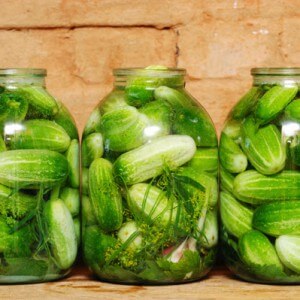
Cold Pickled Cucumber Recipe
- Put the cucumbers, spices and fresh leaves in the prepared container.
- Prepare the marinade. To do this, the salt is dissolved in 100 ml of hot water (from taking into account 55 g spices for 1 l of liquid). The resulting mixture was adjusted to the required volume with ice water.
- Pour the cucumbers with cold pickle, leave warm for 1-2 of the day (to activate enzymatic processes). After fermentation, add the brine to the top of the jar and seal it tightly with a lid (without sterilization).
- Move the pickles to the fridge or cellar for 10-12 days.
The optimal storage temperature of the product is 0 degrees.
Secrets of proper salting
- For crisp cucumbers, it is better to choose small fruits with black “pimples” and a thick peel.
- Before marinating the vegetables should be soaked in water for 2,5 hours. Otherwise, they may taste bitter or “explode.”
- The optimal time for pickling cucumbers is the second half of July-August.
- For the preparation of the marinade is better to use filtered, well or spring water.
- Greens, to preserve the taste and aroma, should be plucked from the bush for an hour before salting.
- Cucumbers are placed in a jug in tight rows in an upright position.
Remember, the more vegetables fit in the jar, the longer the product will be stored (due to the increased concentration of lactic acid during fermentation).
- Vegetables that are at the fermentation stage (using the “cold” method) should not be blocked with a lid.
- To obtain crispy fruits, it is important to use large, table salt without additives.
- To avoid the appearance of mold in the “cold” salting of cucumbers, it is necessary to sprinkle the surface of the marinade with dry mustard powder.
- To preserve the bright green color, the vegetable is doused with boiling water, and then immersed in cold water.
To obtain a crisp cucumber, it is important to put them exclusively in sterile containers. Remember, in 80,% of the salting cases deteriorate due to careless preparation of the dishes.
Used in cosmetics
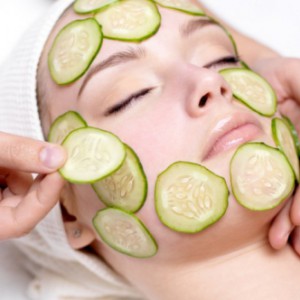
Cucumber formulations are used to eliminate shine, lighten pigment spots (including freckles and dark circles under the eyes), reduce acne, smooth skin tone (especially after sunburn), narrow the surface pores, smooth fine wrinkles, moisturize the stratum corneum.
Homemade facial formulations:
- Nourishing mask for dry dermis. Ingredients: 25 g of cucumber puree, 15 ml of natural honey, 10 g of oatmeal, 10 ml of sour cream. The mask is applied to clean skin at least once a week. After 20 minutes, the product is washed off with warm water. With regular use of the composition, the skin becomes velvety, smooth and well-groomed.
- Anti-inflammatory mask for problem skin. To create a composition you will need: cucumber pulp (30 g), lemon juice (15 ml), ground turmeric (3 g). The holding time of the mask is 15 minutes, then rinse with water. This tool will help to normalize the work of the sebaceous glands, dry out old abscesses and reduce the intensity of new acne formation.
- Tonic lotion for oily skin. Preparation: combine 400 g of fresh pulp of cucumbers with 100 ml of quality vodka (40%). The mixture is infused for 7 days in a dark place. Owners of a fatty dermis are recommended to wipe the skin with the resulting composition after each wash (to complete the cleansing and toning process).
- Lightening, soothing face mask. Active ingredients: 50 g of cucumber puree, 15 ml of chamomile infusion, 5 g of chopped parsley, 3 g of fresh mint, 2 ml of sour cream. The ingredients are thoroughly mixed, and then applied to the irritated dermis on 20 minutes, washed off. The mask perfectly eliminates redness, evens out skin tone, dries small acne.
- A purifying mask for all skin types. The composition is prepared from grated cucumber (15 g), white cosmetic clay (10 g) and boiled water (10 ml). The product is applied to the skin after make-up removal. The holding time of the mask is 15 minutes. After a quarter of an hour, it is washed off with water. To obtain the desired effect, the composition should not be allowed to dry on the face.
In addition, fresh cucumber is used as a monolithic for the care of oily, pigmented and fading skin of the face. To do this, cut the vegetable lengthwise into 2 halves and wipe the dermis with it after makeup removal.
Interestingly, Queen Cleopatra used cucumber juice inwards and used it externally as masks to keep her skin young.
Popular Recipes
In cooking, cucumbers are used in fresh, pickled and salted types. On the basis of a vegetable prepare salads, cold soups, sauces and dressings.
Recipe number 1 “Pickle with pickles”

Preparation Scheme:
- Cut the meat fillet into pieces, boil for 1,5 hours.
- Pour pearl barley with liquid, boil in a separate container 25 minutes. After cooking, leave the porridge for 15 minutes for further swelling.
- Ready grits, fold in a sieve, rinse under running water, combine with meat broth.
- Peel the cucumbers and large seeds, and then cut them into strips.
- Chop vegetables: onions – in half rings, carrots – in slices, potatoes – in cubes.
- Heat the frying pan with vegetable oil. Pass onions and carrots, and then combine with tomato paste, leek and 50 ml of boiling water. Stir the mixture for 7 minutes.
- Strain the broth, combine the liquid with the potatoes. After 15 minutes, add the pickle and cucumber slices to the pickle. Boil the dish for another 5 minutes.
- Fry boiled beef until golden brown.
- Add to the pickle a vegetable roast, meat, spices, fresh herbs, boil 3 for another minute.
- Insist the first dish under the lid closed 15 minutes.
Serve pickle to the table with fresh sour cream and a sprig of greens.
Recipe number 2 “Korean Cucumbers”
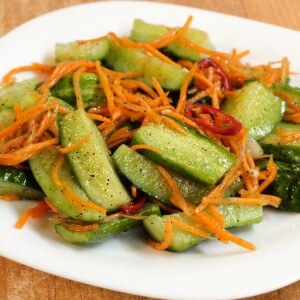
- cucumbers – 500 g;
- carrots – 150 g;
- onions (white) – 100 g;
- lean oil – 80 ml;
- garlic – 70 g;
- vinegar (preferably apple cider) – 50 ml;
- sesame seeds – 45 g;
- seasoning for Korean salads – 20 g;
- fresh herbs, salt to taste.
Principle of preparation:
- Chop vegetables: onions – in half rings, cucumbers – in strips, carrots – in bars. Stir the mixture thoroughly, and then make a small depression in the center (for garlic).
- Heat a frying pan with oil, to a state of light “haze”. Add sesame and spices to the preheated fat. Seasoning for Korean salads can be replaced with a mixture of equal parts of coriander, paprika, ginger, black and red peppers.
- Place the chopped garlic in the groove made in the vegetable mixture, and pour hot spiced oil on top.
- Season the salad with salt, sugar, vinegar and herbs.
- Stir the side dish, carefully distributing seasonings, garlic and sesame seeds over the vegetables.
- Mash cucumbers and carrots with your hands to slightly stand out the juice.
- Put the salad on the 6 watch in the fridge (for pickling).
Cucumber in Korean can be used as a separate snack, and a side dish for main dishes.
How to choose a variety of cucumbers
Currently, there are parthenocarpic and pee-pollinated cucumber varieties. Plants of the first type are excellent for cultivation in small greenhouses, because the formation of ovaries occurs without the participation of insects. For the cultivation of vegetables in the open ground, you can use both bee-pollinated and parenocarpic cucumber varieties. In addition, the choice of seed should take into account the intended purpose of the fruit: for preservation or fresh consumption.
Interestingly, to indicate the hybrid forms of the plant, the prefix “F1” is added to the name.
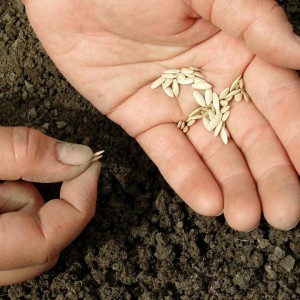
- “Bouquet F1”. Early maturing parthenocarpic hybrid with a large number of female flowers. The plant is medium-sized, weakly plaited, capable of producing crops throughout the summer (indeterminate). These vegetables are characterized by short, lumpy fruits with white pubescence and light green stripes. The average weight of Zelentsev is 100 g.
- “Elegant”. The early ripe bee-pollinated grade which is characterized by high productivity. Fruits are ellipsoid small-tuberous, covered with a dark green dense skin. The weight of greenhouses varies from 100 to 140 g. A distinctive feature of the variety is its high cold and disease resistance.
- “Everyone is envious of F1.” Beam self-pollinating hybrid of the gherkin type. Culture can bear fruit in the open field and in temporary greenhouses. The virtue of the variety is shade tolerance, which allows to obtain high yields, regardless of growing conditions (especially during rainy summer). The fruits of the culture are colored bright green, branching of the whips is genetically self-regulating.
- “Little F1”. An early bee-pollinated variety with a partial parthenocarp. The hybrid is characterized by a mixed type of flowering and medium branching of the stems. Fruits are very short, slightly ribbed, with a regular cylindrical shape. The mass of one vegetable is 85 g.
Instead of bromine – a cucumber. Interestingly, in the old days, seeds and immature fruits of a vegetable were used to relieve sexual arousal. That is why cucumbers were grown in large numbers in the monastery courtyards.
The great military leader Napoleon revered the green vegetable so much that he announced a reward equivalent to $ 250 for anyone who could figure out a way to increase the shelf life of the product during the campaigns. Unfortunately, the method of prolonging the freshness of the fruit was not obtained not in the XNUMXth century, not to this day.
Cucumbers F1 for greenhouses:
- “Berendey F1”. Partenokarpichesky hybrid of mid-early ripening. Indeterminate culture loosely branching, forming a large number of female flowers. Vegetable pulp dense sweet without taste bitterness. The average yield of commercial cucumbers is 13 kg per 1 square. m
Advantages of the variety: shade tolerance, high yield, disease resistance. The weight of one cucumber is 130 g.
- “Little F1”. Ultra early self-pollinating high yield hybrid. Zelentsy small-tuberous medium size (cm length 8-9). Cucumbers of this variety are intended for cultivation in spring unheated greenhouses. The variety is resistant to disease and drought.
- «Siberian garland F1». Early maturation hybrids with tuber ovary. Plants do not require cross-pollination, which allows them to be used in conditions of film greenhouses. The small white-bearing fruits are not spiky (cm long 5-7). The flesh is juicy, crunchy without voids and bitter aftertaste. Hybrids of this type are characterized by prolonged fruiting and resistance to low temperatures.
- Antoshka F1. Self-pollinated gherkin hybrid intended for protected ground. The plant is strongly branched with a central stem of medium ripeness. The mass of greenery varies within 80-85 cm, length – 10-13 cm. Fruits are small-lumpy with black “pimples”. The pulp is crispy, juicy, without bitterness.
Remember, when choosing a cucumber variety, it is necessary to take into account the cultivation region, climatic conditions, and the intended use of the product.
Conclusion
Cucumber is an annual vegetable grown in almost all countries of the world. The culture is valued for the fragrant unripe fruits (Zelentsy) used in cooking, diet therapy, traditional medicine and cosmetology. In the food industry, cucumber is used as an independent snack, and as part of summer salads, cold soups, various pickles. Given that the flesh of the fetus is 95% water, cucumber is an integral component of cleansing and detoxification programs for weight loss. Along with liquid, it contains vitamins, minerals, organic acids, tannins, flavonoids, dietary fiber, and adsorbents. The fruits of this culture perfectly satisfy hunger, potentiate the synthesis of thyroid hormones, help reduce edema, stimulate contractile function of the intestine, increase the elasticity of blood vessels, and improve the appearance of the dermis.
